Measuring and improving software development productivity

Over the years, companies have followed different approaches to measure software development productivity. The choice was vast, from lines of code and function points to burndown charts and story points. However, these are imperfect tools for measuring productivity since they only give us complexity and work remaining.
This article will start by presenting the most valuable metrics to track and measure development productivity. Then, we’ll see how to use the collected data to improve your team’s development productivity. Let’s dive in.
How to measure software development productivity
Learn about Space framework and how it help measure software developer productivity
Cycle time
Cycle time measures the time it takes for your team to complete work items once they begin actively working on them. The items can be anything from new features and code refactoring to bug fixes. Don’t mix up cycle time with lead time, which is the time it takes to go from the arrival of a request to that request being satisfied.
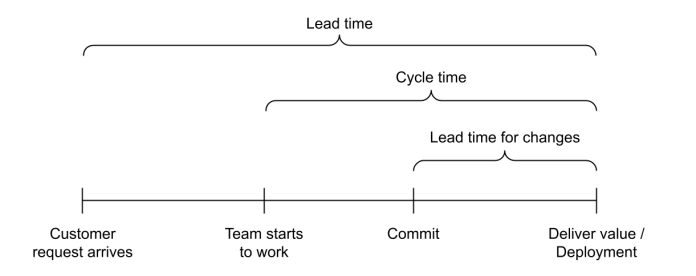
To achieve Elite performance, you should actively reduce your cycle time. Since it represents the different phases of the delivery process, from code to production, you can focus on its four main components: coding time, PR pickup time, PR review time, and deployment time. You should consider best practices to reduce your overall cycle time by improving these four components.
Codacy Pulse offers a great way to measure your cycle time with zero manual input once you connect your GitHub and Jira accounts. You can get context around Cycle time outliers and identify bottlenecks in one click.
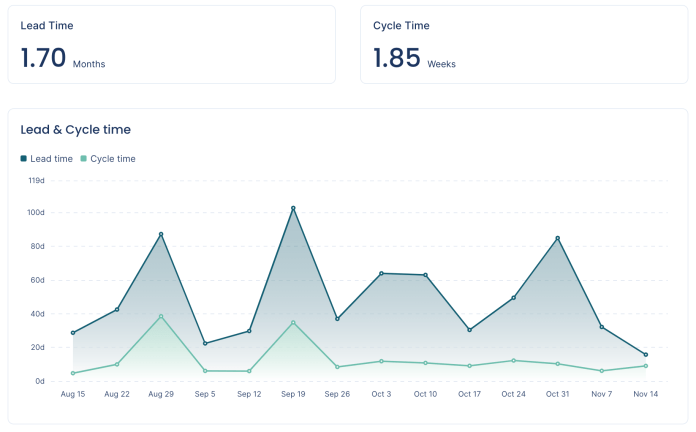
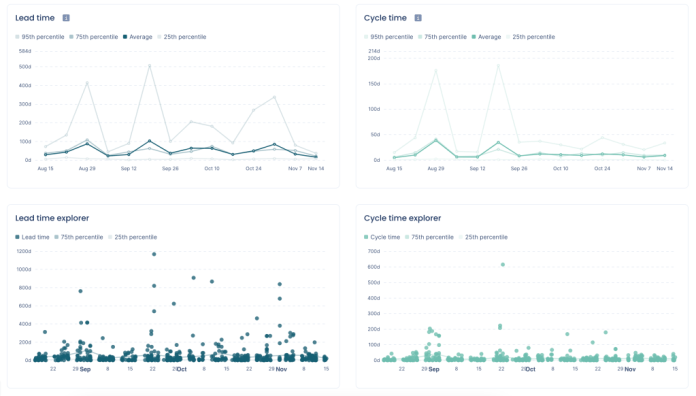
Deployment frequency
Deployment frequency measures how often developers deploy code to production. It indicates your team’s response time, cohesiveness, capabilities, and efficiency.
On the one hand, a Deployment frequency that is too low means that there may be broader issues, like inefficient processes, lack of people, or inadequate team structure. On the other hand, a high Deployment frequency shows that your team can quickly provide value and react to feedback or changes.
To achieve Elite performance, your should increase your Deployment frequency because it means that your team deploys more regularly and with smaller changes. Smaller and more regular release sizes are easier to understand. It’s also faster to test, deploy and fix issues. More frequent deployments also mean shorter and more effective feedback loops, allowing for faster product iterations.
Codacy Pulse can automatically detect your deployments by picking signals from GitHub, like your Pull Request flow, or by interpreting semantic version tags. If you have a more complex deployment workflow, you can also instrument it and signal a deployment by pushing an event to Pulse’s API.
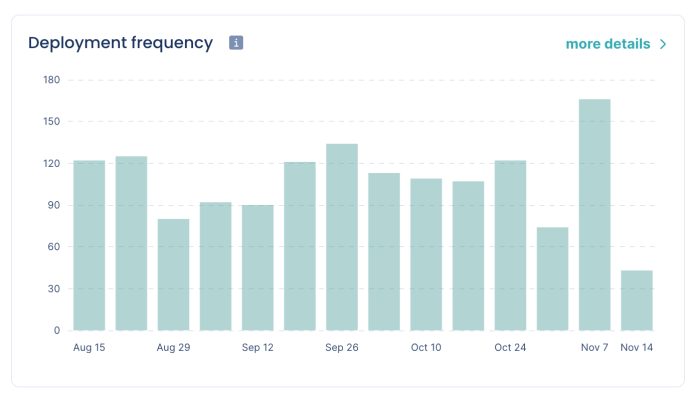
How to improve software development productivity
Now that you understand how to measure software development productivity let’s see how you can improve it.
Learn more about Code review process for measuring software developer productivity
Make changes based on data
You can now use the information you gather from monitoring metrics such as Cycle time and Deployment frequency to find inconsistencies in your software development process. Based on those results, you can then implement changes. By doing so, you should see positive changes over time.
For example, you can start by having smaller commits. This will help speed up PR reviews and deployment time. Plus, adopting continuous delivery by automating the test, build, and deployment phases in the software development life cycle will also help you improve development productivity.
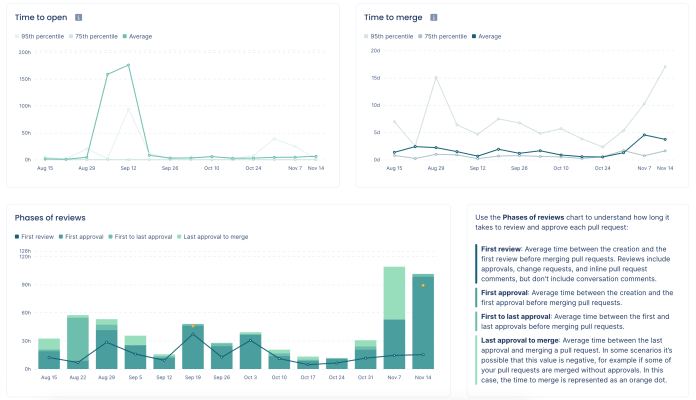
Allow flexible work hours
Another way to improve software development productivity is to give your team flexibility regarding work hours. We all know that engineers – like all of us – are more productive at different times of the day, and managers should recognize this difference. As such, it’s a good practice to offer flexible work hours.
Give flexible time for learning and studying
Engineers must keep learning in our fast-paced world, where new technologies and frameworks emerge daily. Thus, having a dedicated day or time at work to learn (e.g., by taking courses, reading books, or watching videos) about a relevant topic is priceless.
At Codacy, we have one offline day a week. Our employees can use this day for deep work, working off-scope, reading and studying, or personal and professional development. Companies should give their employees dedicated study time, so they don’t always have to use their free time for learning.
Increase your team’s productivity with Pulse
There is no good way to measure software development productivity, but you can measure things that positively or negatively impact productivity. For example, you can start by tracking cycle time and deployment frequency.
If you’re looking for a solution to measure the DORA metrics, Pulse is the way to go. Pulse takes care of all the details to ensure the metrics are accurate and reliable. It connects with your GitHub, Jira, and PagerDuty to give you DORA and other Engineering metrics. Your team only needs to focus on making informed decisions to improve your results.
.svg)


